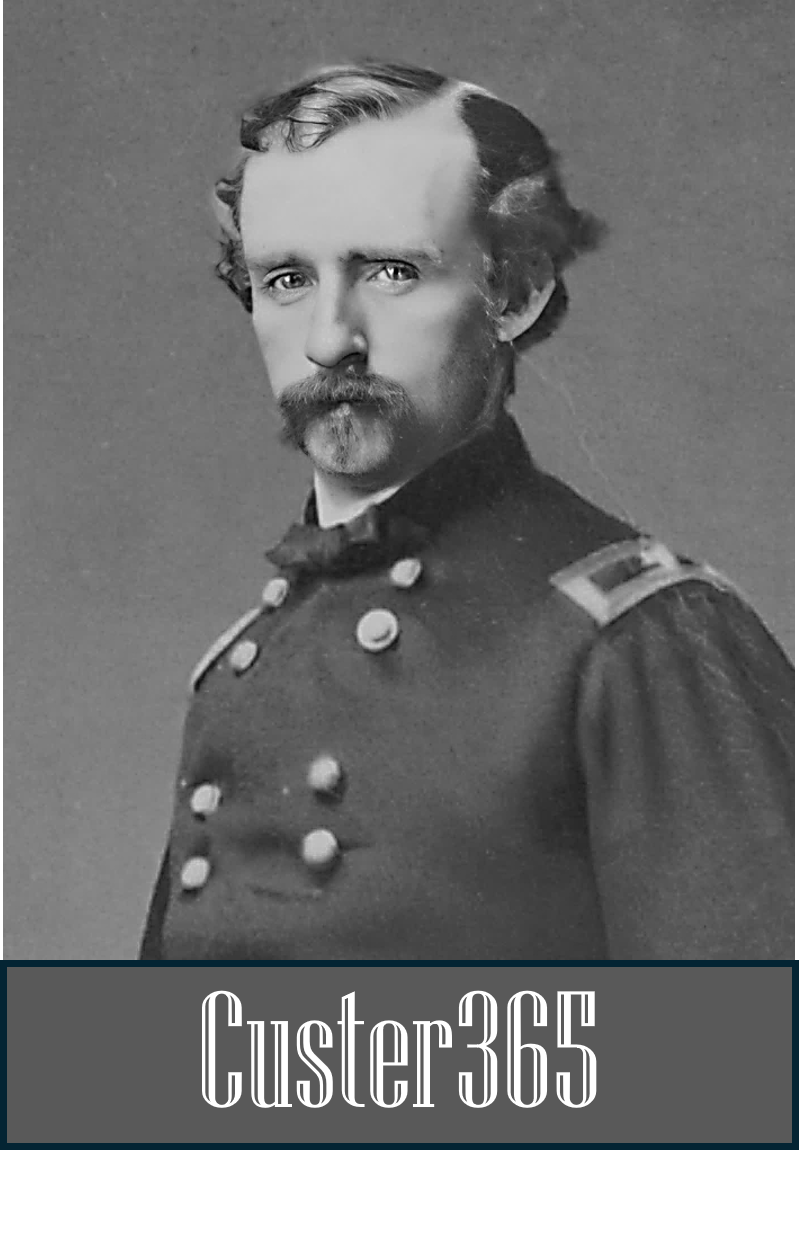OCT 8: Widows and Orphans
On Oct. 8, 1876, George A. Custer’s widow, Libbie, pens a letter to the editor of the Army and Navy Journal about its fund-raising efforts to aid the widows and orphans of soldiers killed at the Battle of Little Bighorn on June 25-26.
George Yates (standing, second from left) served on Gen. Alfred Pleasonton’s staff during the Civil War. (Credit: Library of Congress)
Libbie Custer states that Annie Yates (widow of Captain George Yates) and Maggie Custer Calhoun (widow of Lieutenant James Calhoun) had been left “in greatly reduced circumstances” as the result of the deaths of their husbands.
Only weeks earlier, Libbie had written to the Journal, directing that her share of the fund, along with shares for Annie Yates and Maggie Custer Calhoun (with their consent), go to the widows and children of the enlisted men killed during the battle.
But, since fund-raising “exceeds so far all their ideas of what was expected to be raised," Libbie states that the widows of the two officers “would gladly accept the help and not feel others were being robbed of what they needed.”
Finally, Libbie closes, it is impossible for her to express with what pride and gratification she has “watched the generosity of our army, always, impecunious itself, and consequently showing that noblest phase of generosity, that deprives itself to benefit others.”
In early November 1876, the Army and Navy Journal announced the proceeds in the “Widow’s Relief Fund” totaled $13,800, and that it would be distributed accordingly to rank. The wives of the enlisted men received a portion of the funds to supplement their monthly pensions of $8, plus $2 per child.


